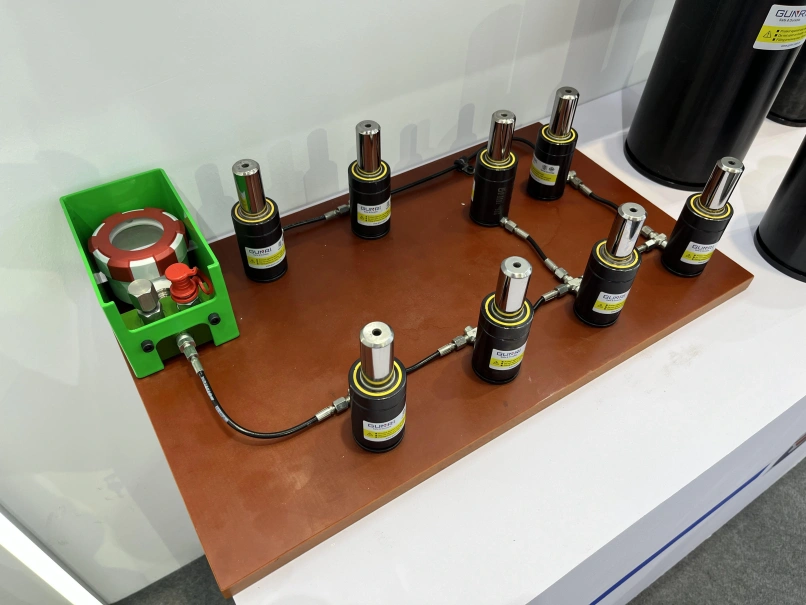Why do molds need nitrogen gas springs?
The manufacturing of molds plays a crucial role in modern industry, and the use of nitrogen gas springs in mold design has become increasingly widespread. Why do molds need nitrogen gas springs? The following discussion explores this question from several perspectives.
Table of contents
Why do molds need nitrogen gas springs?
The application of nitrogen gas springs in molds is to provide efficient spring rebound force. These specialized springs utilize high-pressure nitrogen as an energy source, allowing for a rapid release of force during mold operations. This ensures that molds can swiftly and consistently complete opening and closing actions during the machining process.
What molds require the use of nitrogen gas springs?
Typically, molds that require high-frequency and high-speed operations benefit from the use of nitrogen gas springs. Examples include injection molds, die-casting molds, and stamping molds, where frequent opening and closing actions are necessary. Nitrogen gas springs enhance operational efficiency and stability in such scenarios.
Benefits of using nitrogen gas springs in molds
The application of nitrogen gas springs brings numerous advantages to molds. Firstly, they enable rapid response times, ensuring that molds complete opening and closing actions in a very short period, thereby increasing production efficiency. Secondly, the high efficiency of nitrogen gas springs ensures stable mold operation, reducing downtime and enhancing overall production capacity.
When might nitrogen gas springs not be necessary?
In simpler molds or situations where high-frequency and high-speed operations are not required, the use of nitrogen gas springs may be reconsidered. In such cases, alternative types of springs or mechanical structures can be chosen to achieve mold actions, potentially lowering manufacturing costs.
In conclusion, the application of nitrogen gas springs in mold manufacturing provides significant advantages by offering rapid response, high efficiency, and stability in industrial production.



